Forty years of the Barbican Centre: an art utopia made concrete
Building Utopia: The Barbican Centre, published to coincide with the institution’s 40th anniversary, explores the birth of the Barbican, its storied history and its unparalleled impact on contemporary arts and culture
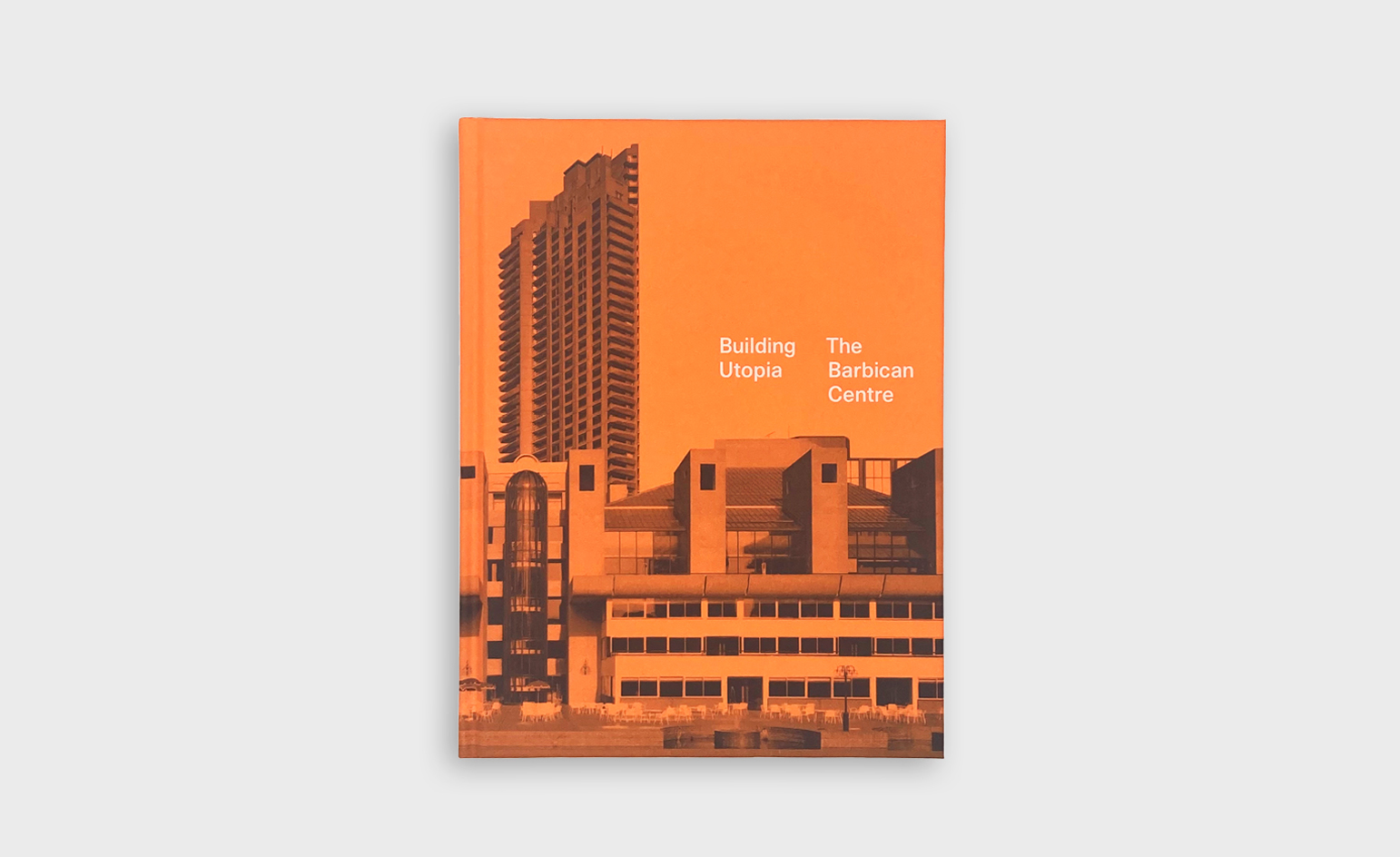
Utopia, by definition, can never be reached. When Thomas More coined the term in 1516, he imagined an ideal world, a self-contained community where people shared the same culture, values and way of life. ‘Utopia’ was also a pun, based on almost-identical Greek words for ‘no place’ and ‘a good place’.
The Barbican Centre was, and remains, a place where utopian ideas are made tangible. Designed by young architecture firm Chamberlin, Powell and Bon, the labyrinthine complex symbolised a corner of London rising from the war-torn ashes; an example of the shifting worlds of arts and culture in the post-war era, and an icon of modern, democratic living. Under a single, 40-acre architectural vision, it encompassed theatre and dance, music of all genres, visual arts, cinema and education, setting its stages for a wide range of artists, communities, audiences and visitors.
The Barbican Centre: ‘one of the modern wonders of the world’
When it opened in 1982, its reception ranged from scalding hot to ice cold. Some applauded its brave futurism (
even Queen Elizabeth II hailed it as ‘one of the modern wonders of the world’); others despised its brazen brutalism. Through fame and infamy, brutal name-calling and calls for its demolition, 40 years later, it remains a melting pot of international arts, and one of the most sought-after residential postcodes in Europe.
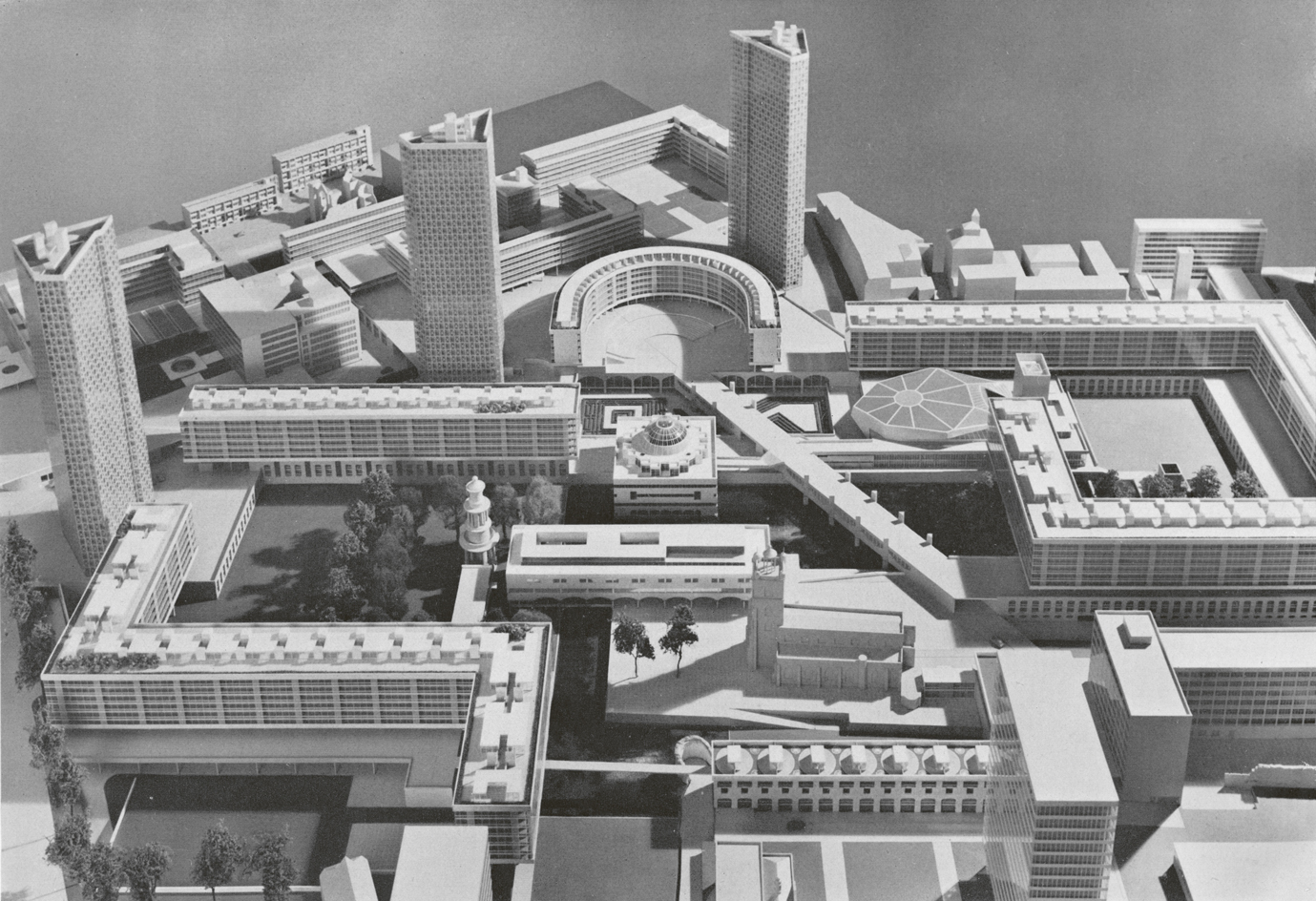
The model of the scheme, including a diagonal road across the site, and the proposed use of the circular Coal Exchange. Both were later taken out of the plans.
As Nicholas Kenyon, editor of new book Building Utopia: The Barbican Centre, notes in his preface: ‘Some have hated it, some have loved it, but millions have made use of the Barbican over four decades of near-continuous activity, and have come to value its profound contribution to civic and urban life.’
Published by Batsford, Building Utopia coincides with the Barbican Centre's 40th anniversary and explores the history of this inimitable institution and the blueprint to its longevity. ‘I think the secret of the Barbican is to always be uncompromising in its search for quality and variety, believing that there’s no conflict between excellence and popularity,’ says Kenyon, who served as managing director of the Barbican Centre from 2007 to 2021. ‘The Barbican has always cast its net wide to gather in the most international of the arts, and to provide [them] at reasonable prices to the widest possible audience.’
The book contains rare illustrative material from the Barbican’s archives, some never before seen in print. ‘The biggest surprise to me in looking through the archives was not how long it took – we’d always known that the Barbican as a building project took ages! – but the number of changes there were in the design as the arts centre emerged as a priority,’ Kenyon reflects. ‘There are literally thousands of architects’ drawings of the details. I looked and looked for evidence of the Barbican myth that the building was only approved by a one-vote majority in the City, but I couldn’t find it. However, there were many close votes as the project proceeded.’
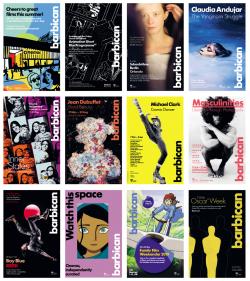
Recent programming designs. Credit: Barbican Archive
The book is bolstered with essays by eminent critics who have lived and breathed the centre’s history and art forms. Cultural historian Robert Hewison reflects on how the centre came into being, and architectural historian Elain Harwood offers a deep dive into the building’s design. Elsewhere, we find Fiona Maddocks on music, Lyn Gardner on theatre, Sukhdev Sandhu on cinema, and Tony Chambers on visual arts.
Wallpaper* Newsletter
Receive our daily digest of inspiration, escapism and design stories from around the world direct to your inbox.
Chambers, creative director, former Wallpaper* editor-in-chief and self-professed ‘huge Barbican fanboy’, takes readers on a journey through visual arts. He first encountered the building in 1983 on a trip to London for an interview at the Central School of Art. But his love for the place was cemented in 1994 when he rented an apartment in Gilbert House, which he bought in 2000 and still calls home. ‘I was blown away by the modernity and sheer un-Englishness of the arts centre and the surrounding residential estate: it had more in common with the Bauhaus architecture I’d recently been introduced to on my art foundation course in Liverpool,’ his essay recounts.
Chambers takes us through seminal shows, from the inaugural ‘blockbuster’, ‘Aftermath: France 1945 – 55: New Images of Man’ (1982), to epoch-capturing surveys such as photography group show ‘Through The Looking Glass' (1989), and concept-based exhibitions like ‘Seduced: Art and Sex from Antiquity to Now’ (2007).
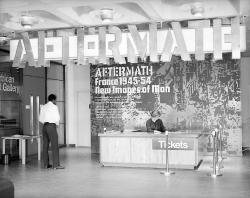
Entrance to art: the gallery ticket desk and design for the opening show in 1982, 'Aftermath'. Credit: Peter Bloomfieldhen
The Barbican Art Gallery has, over the years, developed a knack for anticipating future stars (Grayson Perry exhibited in 2002, a year before he won the Turner Prize); shown an ability to widen its global appeal with commercially orientated shows like ‘The Art of Star Wars’ (2000); and extended its authority not just in fine art, but in the realms of architecture, design and fashion, and everything in between.
Chambers’ essay, and Building Utopia more broadly, highlight the feather-ruffling, intersection-seeking, headline-grabbing role the Barbican Art Gallery has played over the years. A fearless arbiter of art that didn’t always get it right, but earned a rightful place in cultural history. ‘The Barbican Art Gallery at 40 is a remarkable story: of how, despite modest beginnings and a difficult environment, a long line of dedicated curators and directors with brave and imaginative programming have established a world-renowned reputation and identity,’ says Chambers.
In 40 years, the Barbican Centre has proved itself to be not only a building complex, but a cultural microcosm where getting lost and losing yourself are both inevitable.
Few buildings have split opinion to such extremes or made the boundaries between creative disciplines so utterly indistinguishable. It was born as an experimental multi-arts centre, and ended up as a catalyst for all conceivable arts – a creative manifesto made concrete.
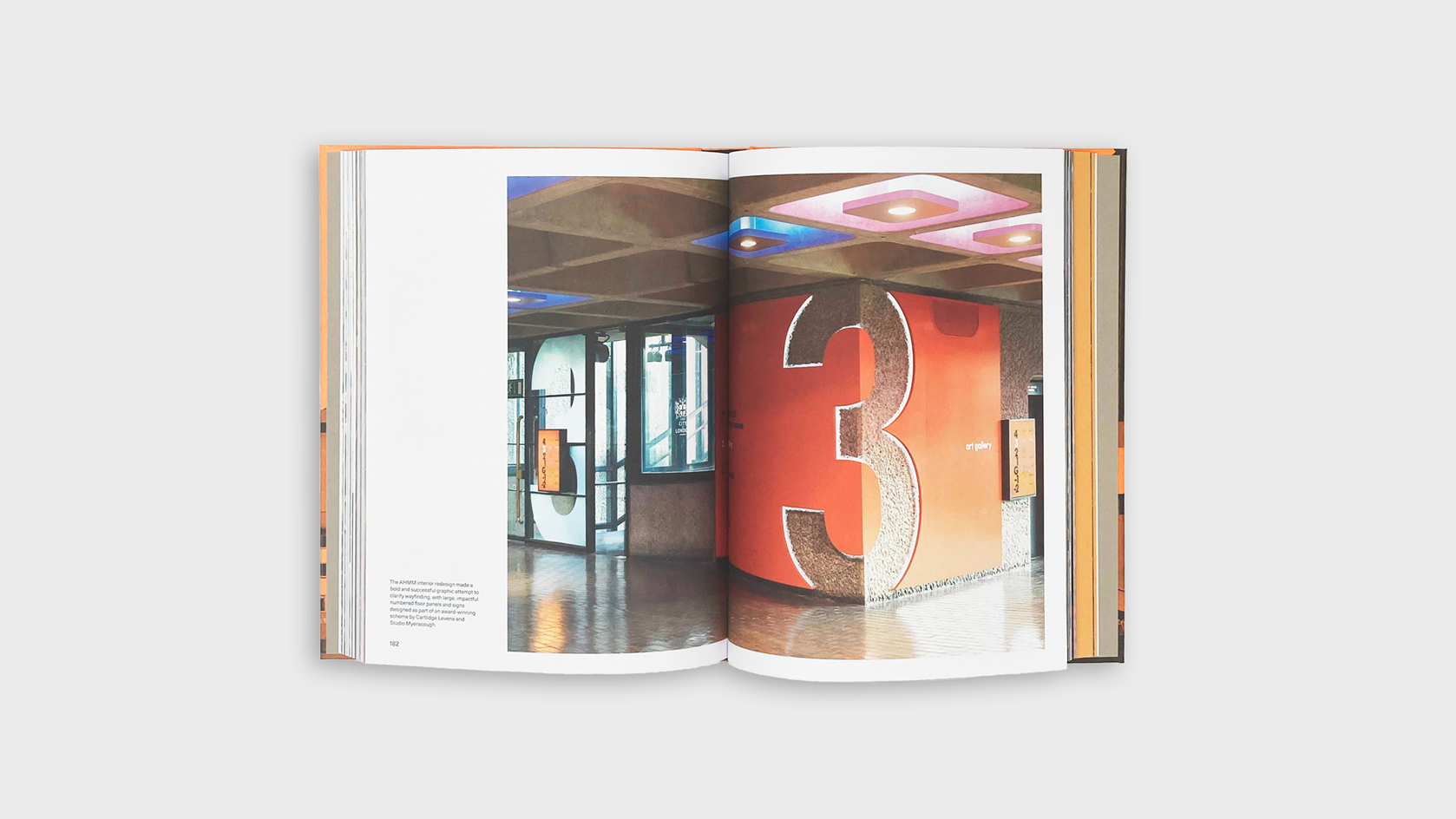
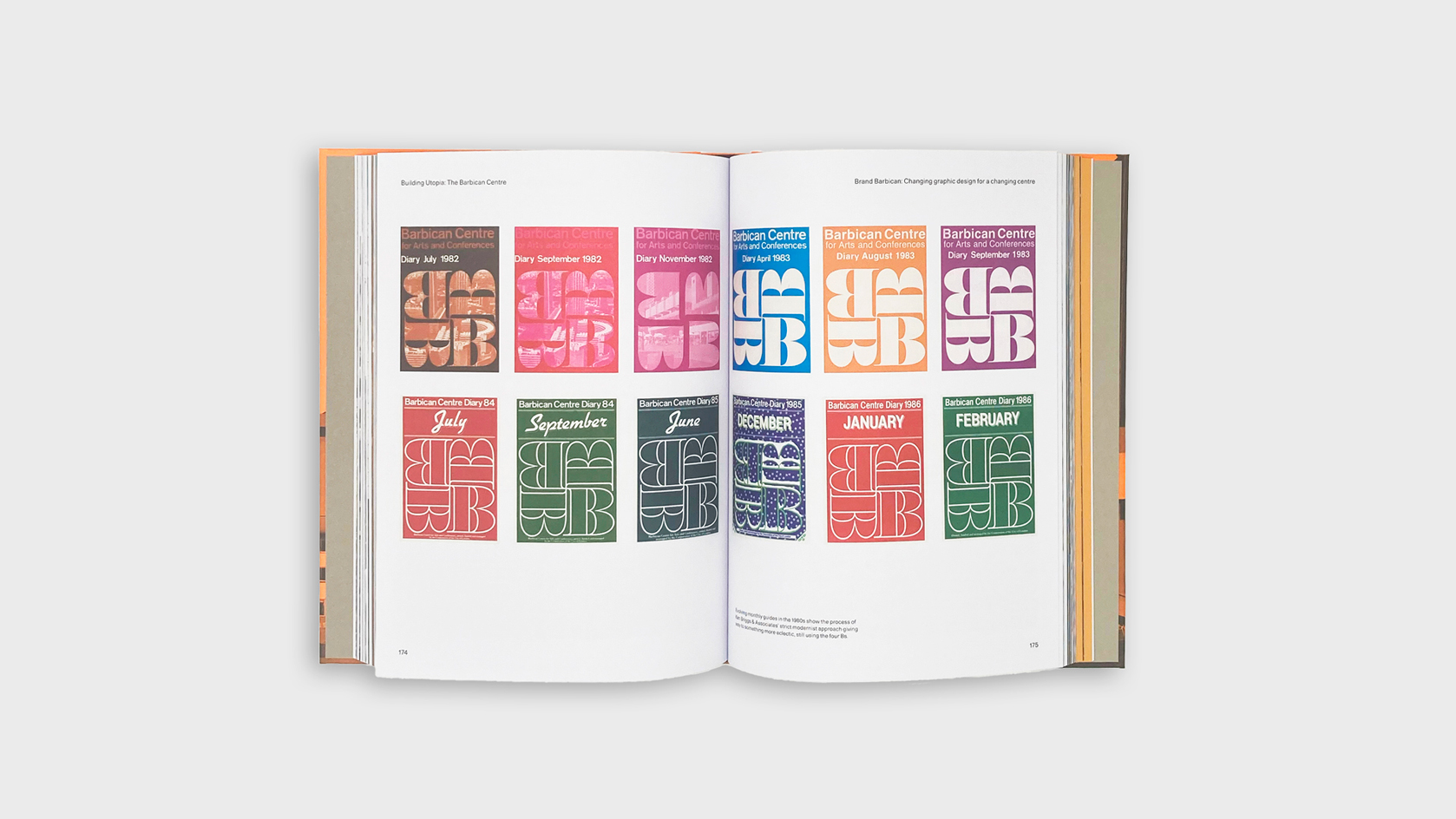
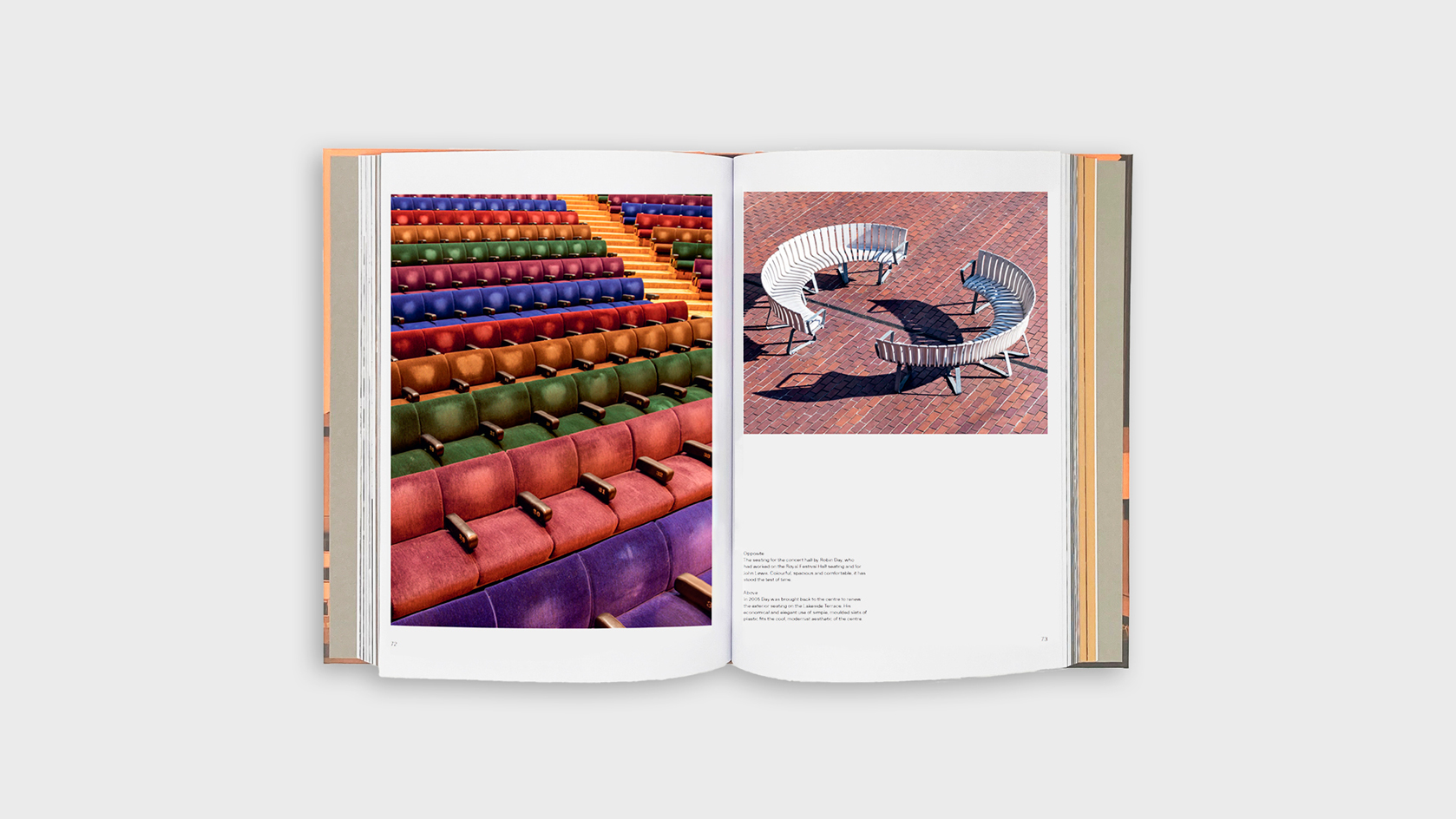
INFORMATION
Building Utopia: The Barbican Centre by Nicholas Kenyon (ed) is published by Batsford, £40, batsfordbooks.com
Harriet Lloyd-Smith was the Arts Editor of Wallpaper*, responsible for the art pages across digital and print, including profiles, exhibition reviews, and contemporary art collaborations. She started at Wallpaper* in 2017 and has written for leading contemporary art publications, auction houses and arts charities, and lectured on review writing and art journalism. When she’s not writing about art, she’s making her own.
-
 Tour the best contemporary tea houses around the world
Tour the best contemporary tea houses around the worldCelebrate the world’s most unique tea houses, from Melbourne to Stockholm, with a new book by Wallpaper’s Léa Teuscher
By Léa Teuscher
-
 ‘Humour is foundational’: artist Ella Kruglyanskaya on painting as a ‘highly questionable’ pursuit
‘Humour is foundational’: artist Ella Kruglyanskaya on painting as a ‘highly questionable’ pursuitElla Kruglyanskaya’s exhibition, ‘Shadows’ at Thomas Dane Gallery, is the first in a series of three this year, with openings in Basel and New York to follow
By Hannah Silver
-
 Australian bathhouse ‘About Time’ bridges softness and brutalism
Australian bathhouse ‘About Time’ bridges softness and brutalism‘About Time’, an Australian bathhouse designed by Goss Studio, balances brutalist architecture and the softness of natural patina in a Japanese-inspired wellness hub
By Ellie Stathaki
-
 The art of the textile label: how British mill-made cloth sold itself to Indian buyers
The art of the textile label: how British mill-made cloth sold itself to Indian buyersAn exhibition of Indo-British textile labels at the Museum of Art & Photography (MAP) in Bengaluru is a journey through colonial desire and the design of mass persuasion
By Aastha D
-
 ‘Dressed to Impress’ captures the vivid world of everyday fashion in the 1950s and 1960s
‘Dressed to Impress’ captures the vivid world of everyday fashion in the 1950s and 1960sA new photography book from The Anonymous Project showcases its subjects when they’re dressed for best, posing for events and celebrations unknown
By Jonathan Bell
-
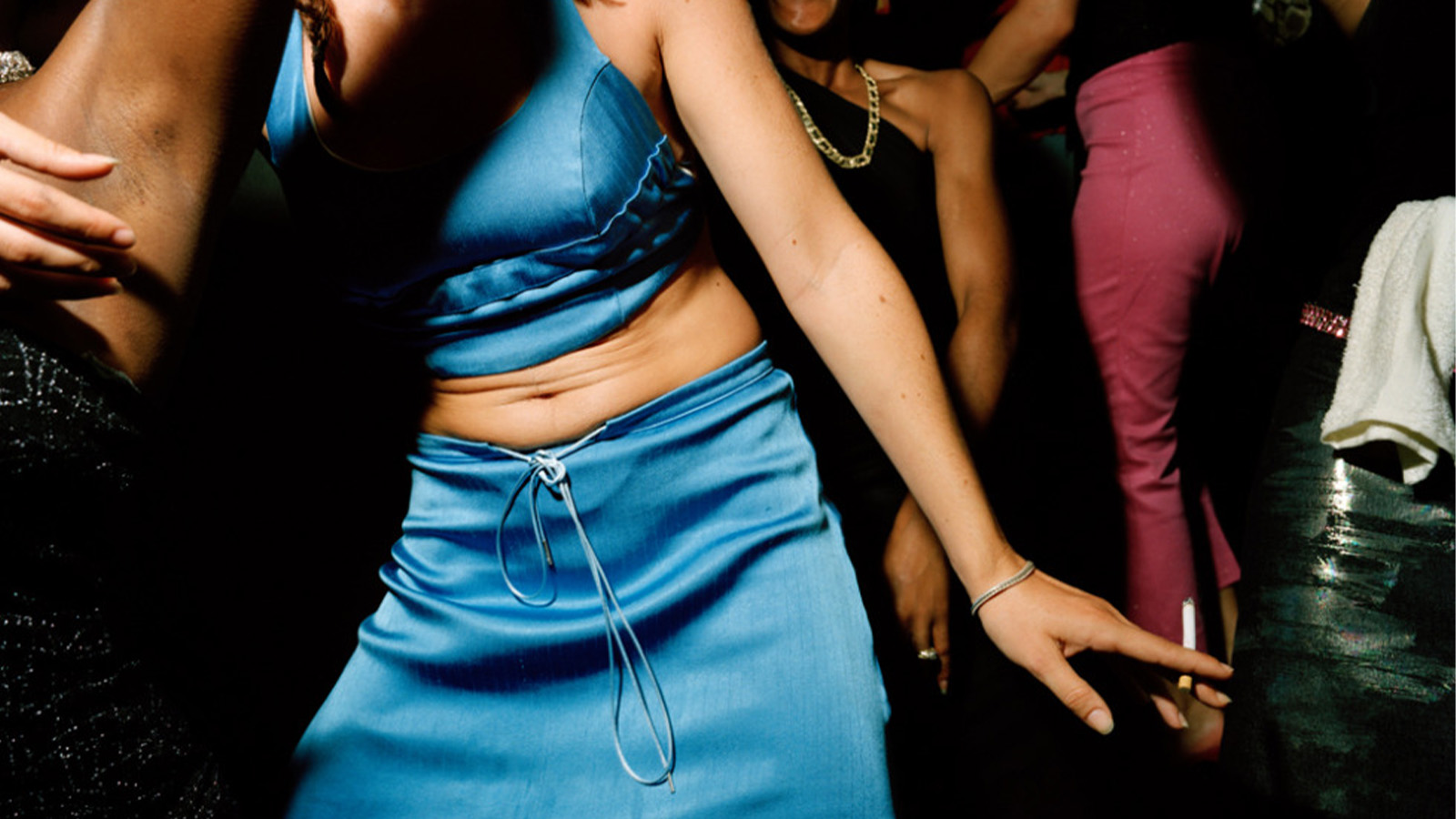 From counter-culture to Northern Soul, these photos chart an intimate history of working-class Britain
From counter-culture to Northern Soul, these photos chart an intimate history of working-class Britain‘After the End of History: British Working Class Photography 1989 – 2024’ is at Edinburgh gallery Stills
By Tianna Williams
-
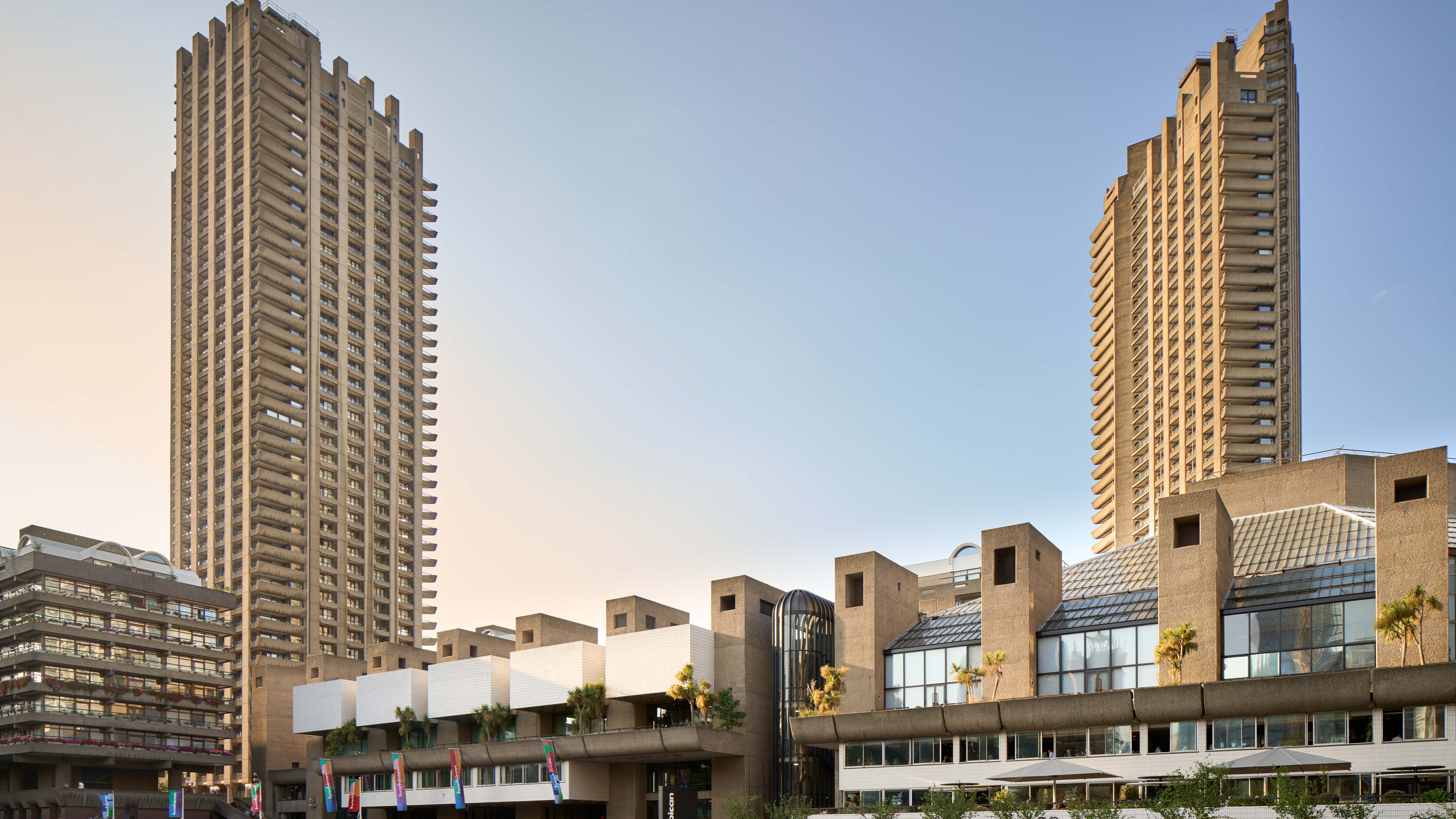 The Barbican as muse: composer Shiva Feshareki on bringing the brutalist icon to life through music
The Barbican as muse: composer Shiva Feshareki on bringing the brutalist icon to life through musicFor the last two years, British-Iranian experimental composer and turntablist Shiva Feshareki has been drawing on the Barbican’s hidden history as a gateway for her new piece. She talks to Wallpaper* about her Brutalist muse
By El Hunt
-
 Daniel Arsham’s new monograph collates the works of the auto-obsessed American artist
Daniel Arsham’s new monograph collates the works of the auto-obsessed American artist‘Arsham Motorsport’ is two volumes of inspiration, process and work, charting artist Daniel Arsham’s oeuvre inspired by the icons and forms of the automotive industry
By Jonathan Bell
-
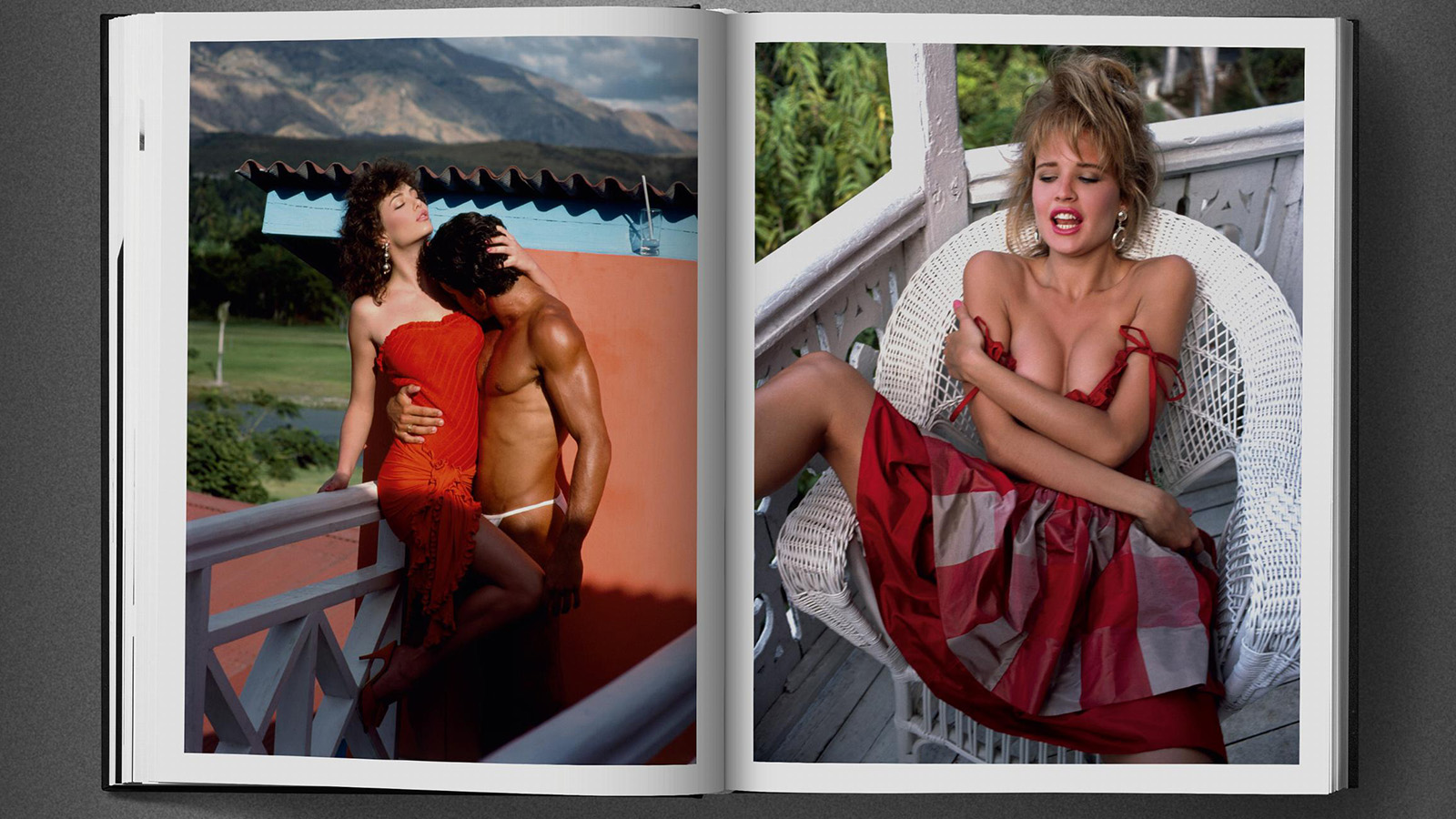 Era-defining photographer David Bailey guides us through the 1980s in a new tome not short of shoulder pads and lycra
Era-defining photographer David Bailey guides us through the 1980s in a new tome not short of shoulder pads and lycraFrom Yves Saint Laurent to Princess Diana, London photographer David Bailey dives into his 1980s archive in a new book by Taschen
By Tianna Williams
-
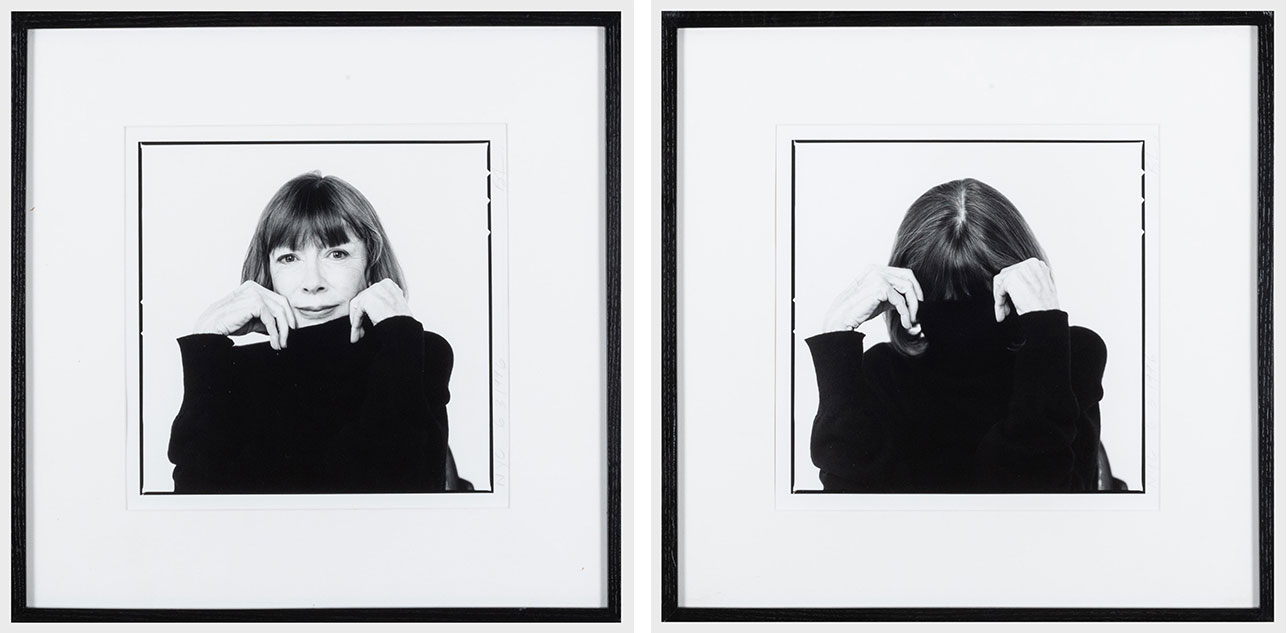 Inside Joan Didion’s unseen diary of personal relationships and post-therapy notes
Inside Joan Didion’s unseen diary of personal relationships and post-therapy notesA newly discovered diary by Joan Didion is soon to be published. Titled 'Notes to John', the journal documents her relationship with her daughter, husband, alcoholism, and depression
By Tianna Williams
-
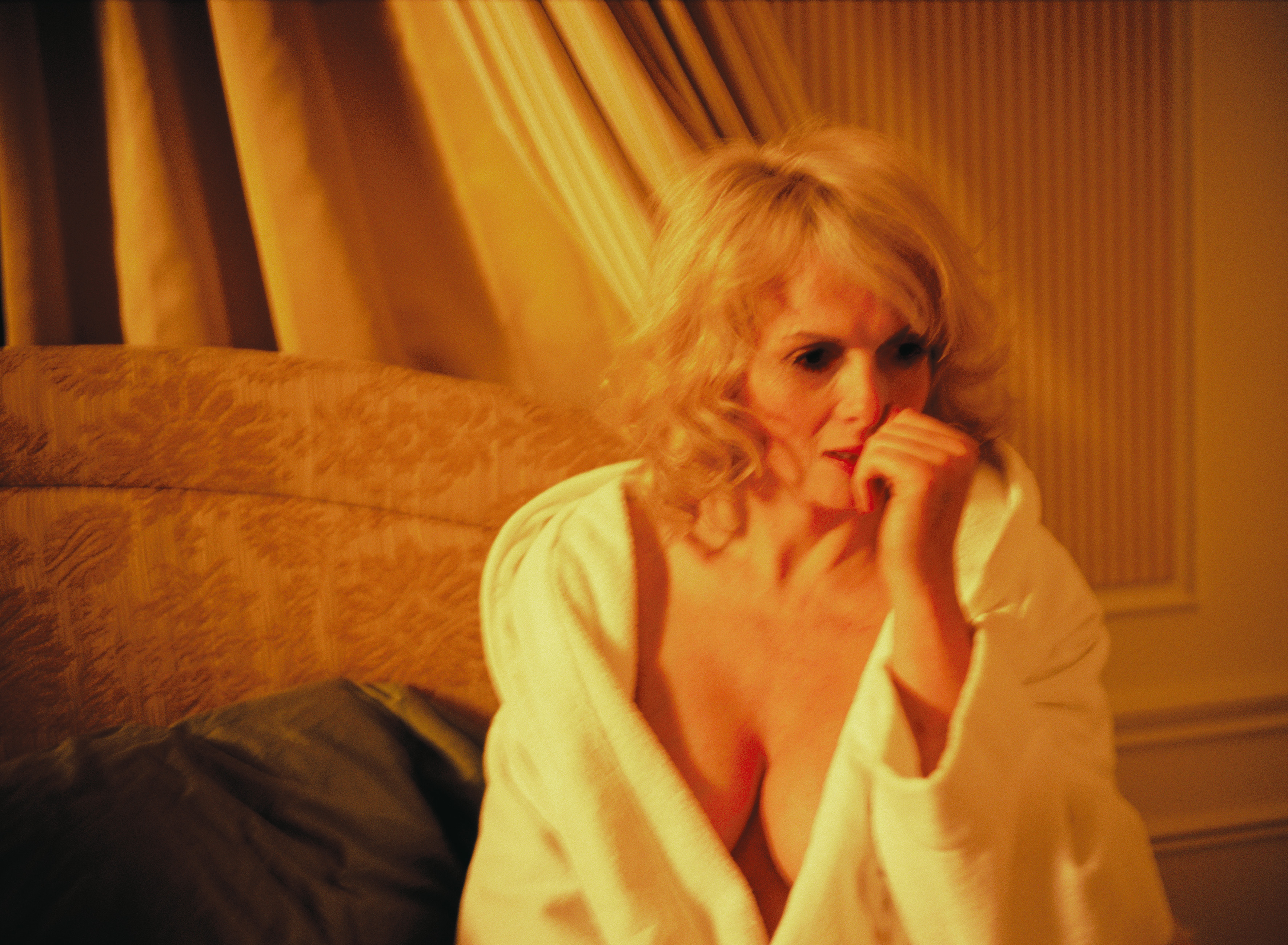 Carsten Höller’s new Book of Games: 336 playful pastimes for the bold and the bored
Carsten Höller’s new Book of Games: 336 playful pastimes for the bold and the boredArtist Carsten Höller invites readers to step out of their comfort zone with a series of subversive games
By Anne Soward